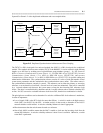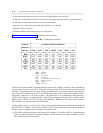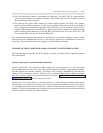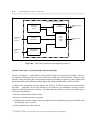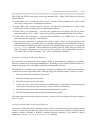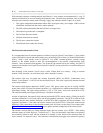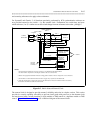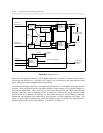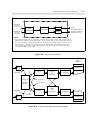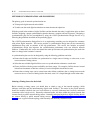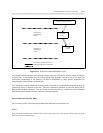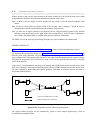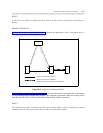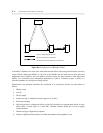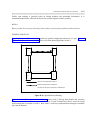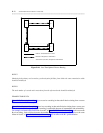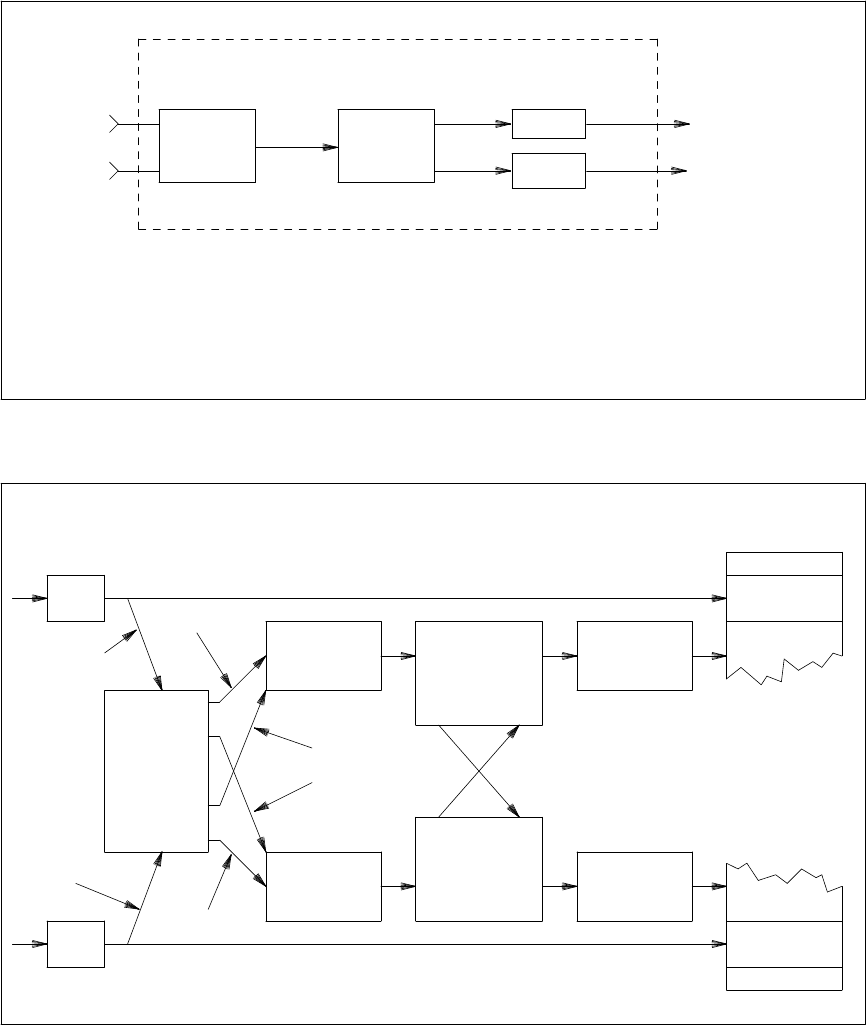
SYNCHRONIZATION OF DIGITAL FACILITIES B-17
_ ______________________________________________________________________________________
_ ______________________________________________________________________________________
_ ______________________________________________________________________________________
2. System 85 and Generic 2 applications require that the composite clock synchronization signal be connected from the
skin of the cabinet to the module control or TMS carrier via an intercarrier cable. TMS and module control carriers
(for both System 85 and Generic 2) use the H-600-260 group 1 cable, while Generic 2 universal module control
carriers use the H-600-271 group 1 cable.
1. Alarm signals are cabled to the cross-connect field. For System 85 and Generic 2, they are then cross-connected and
cabled back to the TN442C or external alarm interface. They use the same cable the composite clock signals come in on.
NOTES:
NOTE 1
BACKPLANE SIGNAL
TO TMS OR MODULE
CONTROL CLOCK
TN2131 CIRCUIT PACK
COMPOSITE
CLOCK
CONVERTER
COMPOSITE
CLOCK
OUTPUT B
COMPOSITE
CLOCK
OUTPUT A
ALARMS
SYNC
OUTPUT
LOS
DETECTION
NOTE 2
Figure B-9. External-Clock Interface
CARRIERS
PORT
1
REFERENCE
INTERFACE
DSI
INTERFACE
DSI
2
REFERENCE
CLOCK A1
CLOCK B2
CLOCK B1
CLOCK A2
NETWORK
1
SWITCHING
CLOCK
STRATUM
3
EXTERNAL
1
TN2131
0
TN2131
TMS CLOCK
1
MODULE
CLOCK
OR
NCTE
NCTE
0
MODULE
CLOCK
OR
TMS CLOCK
NETWORK
0
SWITCHING
Figure B-10. External-Clock Duplicated Synchronization



